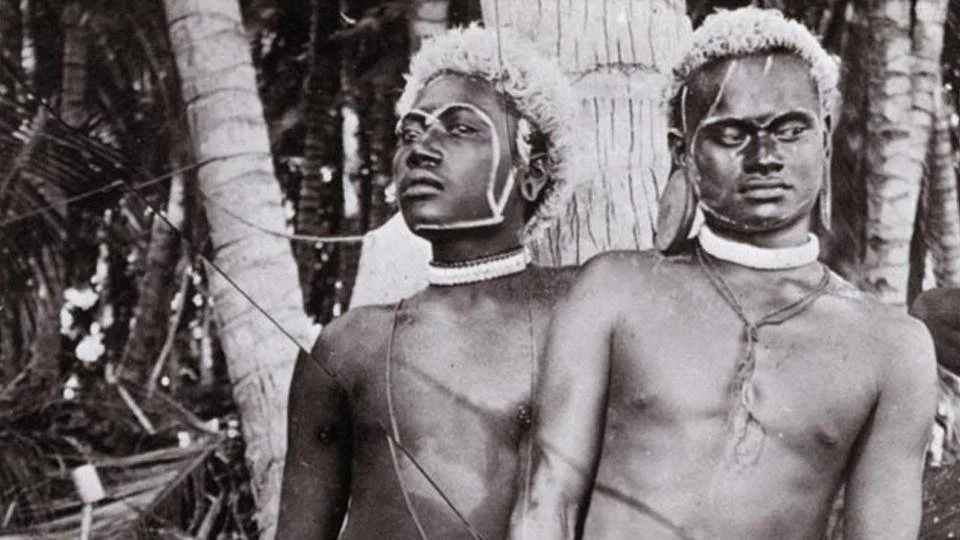Melanesians
Origins / Location : Melanesians originated from two main groups. 1) The indigenous Papuan peoples who arrived in the region at least 40,000 years ago and were among the first humans to leave Africa migrating across southern Asia. 2) The Austronesian peoples who migrated from Southeast Asia about 4,000 years ago. The Papuans are considered the first inhabitants of the ancient continent of Sahul (which included Australia and New Guinea), while the Austronesians later arrived by sea, leading to the mixing of these two populations that created modern Melanesian cultures.
Names : Papuans and Pacific Islanders.
(Melanesia is a subregion of the Oceania which includes a diverse group of the indigenous Papuans of New Guinea and inhabitants of countries like Fiji, Solomon Islands, Vanuatu, and New Caledonia, along with the Torres Strait Islanders, who are related to Australian Aboriginal peoples although they are not a single ethnic group.)
Languages : Papuan, Creole and Pidgin languages such as Tok Pisin ( Papua New Guinea), Bislama (Vanuatu), Pijin (Solomon Islands), Papuan Malay (Solomon Islands), and Vosa vakaviti (Fiji)
Religion : Christianity. Animism.
View of mens house, Roviana Village, New Georgia, Western Solomon Islands, taken around 1900. Chapell Collection. Image: Unknown, Australian Museum ©. "Rev Dr Arthur Capell found this album in the Anthropology Division, University of Sydney when he took up his position there in 1944. Capell was an authority on Oceanic languages and spent his career recording and transcribing Aboriginal and Melanesian languages."

Trading Station, Simbo Island, Western Solomon Islands. Image: Unknown, Australian Museum ©. "Rev Dr Arthur Capell found this album in the Anthropology Division, University of Sydney when he took up his position there in 1944. Capell was an authority on Oceanic languages and spent his career recording and transcribing Aboriginal and Melanesian languages."

'Photography in the Solomon Islands' via Goldsmiths University of London. https://www.gold.ac.uk/visual-anthropology/research/solomon-islands-photography/

'Photography in the Solomon Islands' via Goldsmiths University of London. https://www.gold.ac.uk/visual-anthropology/research/solomon-islands-photography/

'Photography in the Solomon Islands' via Goldsmiths University of London. https://www.gold.ac.uk/visual-anthropology/research/solomon-islands-photography/
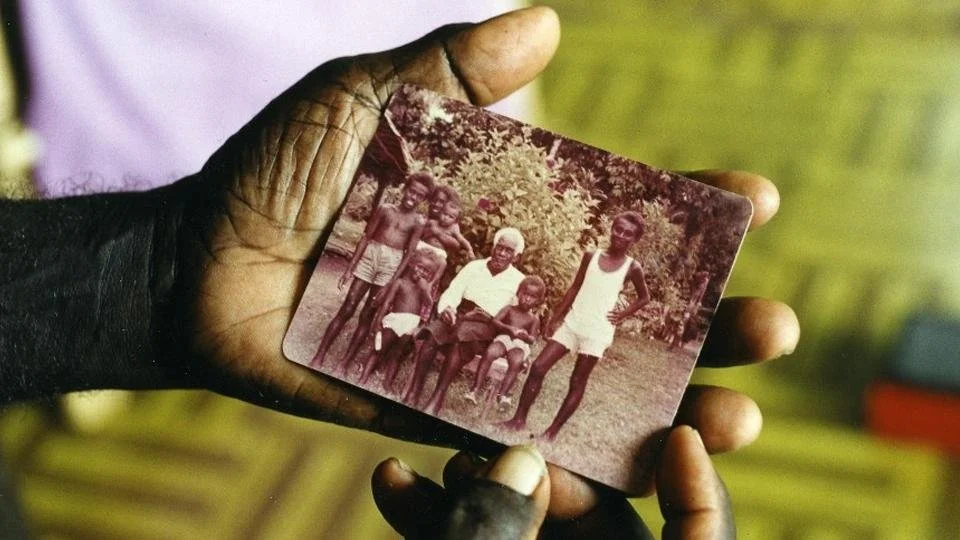
'Photography in the Solomon Islands' via Goldsmiths University of London. https://www.gold.ac.uk/visual-anthropology/research/solomon-islands-photography/

'Two well built Malaitian Islander in 1906.' via Realhistoryww. (Solomon Islands Historical Pictures)

Gavutu Island and Native Solomon Islanders in 1927. Picture: UQL via Solomon Islands Historical Pictures.
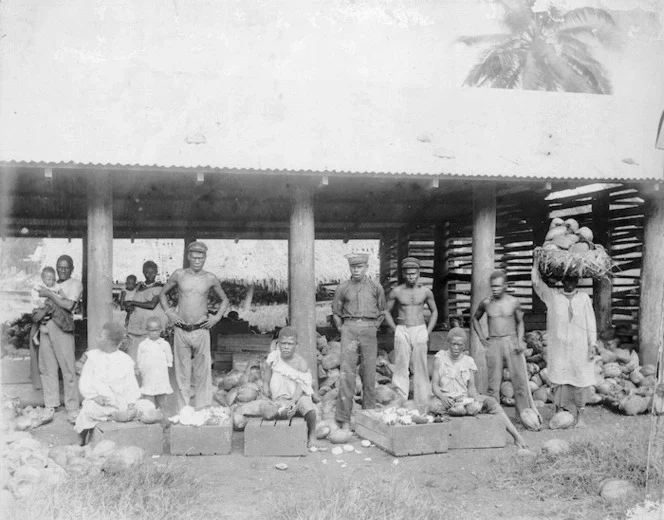
Solomon Islanders in Samoa. Rutherford, Alexander Mathieson, 1915-1998 :Photographs of Samoa. Ref: PA1-o-445-120. Alexander Turnbull Library, Wellington, New Zealand. /records/23021489 "A group of Solomon Islanders indentured by the Germans for work in Samoa photographed by Alfred John Tattersall"
1962 voters at Gwee'abe in Sinalagu, east Kwaio, during the Malaita Council elections. Burt, Ben (2015) Malaita. A Pictorial History from Solomon Islands, British Museum, p. 101 ISBN: 978 086159 201 2. Tony Hughes.
![“Solomon Islands, Bougainville Island,” “Melanesian nr. 2” (Hagen 1906, 49). (Courtesy of Bayerische Staatsbibliothek) [This figure appears in color in the online issue]](https://images.squarespace-cdn.com/content/v1/65b41067c4042363cf11625f/70243fbc-2526-40a0-a7ed-b94d2e3316f4/Solomon-Islands-Bougainville-Island-Melanesian-nr-2-Hagen-1906-49-Courtesy.png)
“Solomon Islands, Bougainville Island,” “Melanesian nr. 2” (Hagen 1906, 49). (Courtesy of Bayerische Staatsbibliothek) [This figure appears in color in the online issue]

"Brenda Pilly from Mono Island, Western Province, was only 10 years old when World War II arrived on her island. Ms Pilly is one of many Solomon Islanders profiled in the new book." via https://www.solomontimes.com/news/new-book-features-solomon-lifestyle/7023

Tree felling, San Cristoval, c.1930s. University of Melbourne Archives, Kauri Timber company, 1966.0012 unit 33. via https://library.unimelb.edu.au/asc/collections/archives/resources/research-guides/australia-and-the-pacific/solomon-islands

335. New Guinea and Solomon Islands. The World Atlas. Publication date 1967 Topics Physical Publisher USSR, Moscow Rights Images may be downloaded and used following Creative Commons CC BY-NC-SA 3.0 license. Image credit should be given to "David Rumsey Map Collection, David Rumsey Map Center, Stanford Libraries." Please contact the David Rumsey Map Collection for commercial use. https://www.davidrumsey.com/about/copyright-and-permissions https://archive.org/details/dr_335-new-guinea-and-solomon-islands-the-world-atlas-1603246

Thomas Andrew. Unknown Solomon Islands Man. 1890-1910. Black and white photograph, albumen print, 166, 216. Museum of New Zealand - Te Papa Tongarewa; Collection: Photography. https://jstor.org/stable/community.27114399.
![Malaita, Solomon Islands: A Man with Shaped Teeth. Photograph. [between 1900 and 1999?]. 1 photograph : photoprint, sheet 14.5 x 9.3 cm. Wellcome Collection. https://jstor.org/stable/community.36639607.
https://www.jstor.org/stable/community.3663960](https://images.squarespace-cdn.com/content/v1/65b41067c4042363cf11625f/007ee6ec-de15-4a2f-84e0-f21babf7650a/English-MalaitaSolomonIslands-%5Bbetween+1900+and+1999%3F%5D.jpg)
Malaita, Solomon Islands: A Man with Shaped Teeth. Photograph. [between 1900 and 1999?]. 1 photograph : photoprint, sheet 14.5 x 9.3 cm. Wellcome Collection. https://jstor.org/stable/community.36639607. https://www.jstor.org/stable/community.36639607

Extended Ear Lobe, Rubriand, Solomon Islands. n.d. Wellcome Collection. https://jstor.org/stable/community.24801784. https://www.jstor.org/stable/community.24801784

New Georgia, Solomon Islands: A Man with His Ears Deformed by Heavy Earrings. Photograph. 20th century. Wellcome Collection. https://jstor.org/stable/community.24864814. https://www.jstor.org/stable/community.24864814

Rubiana Lagoon, Kimbo (?), Solomon Islands: A Man with His Ears Distended by Large Earrings. Photograph. 20th century. Wellcome Collection. https://jstor.org/stable/community.24864816. https://www.jstor.org/stable/community.24864816

Thomas Andrew. Unknown Solomon Island Man. 1890-1910. 166, 216. Museum of New Zealand - Te Papa Tongarewa; Collection: Photography. https://jstor.org/stable/community.27114398. https://www.jstor.org/stable/community.27114398
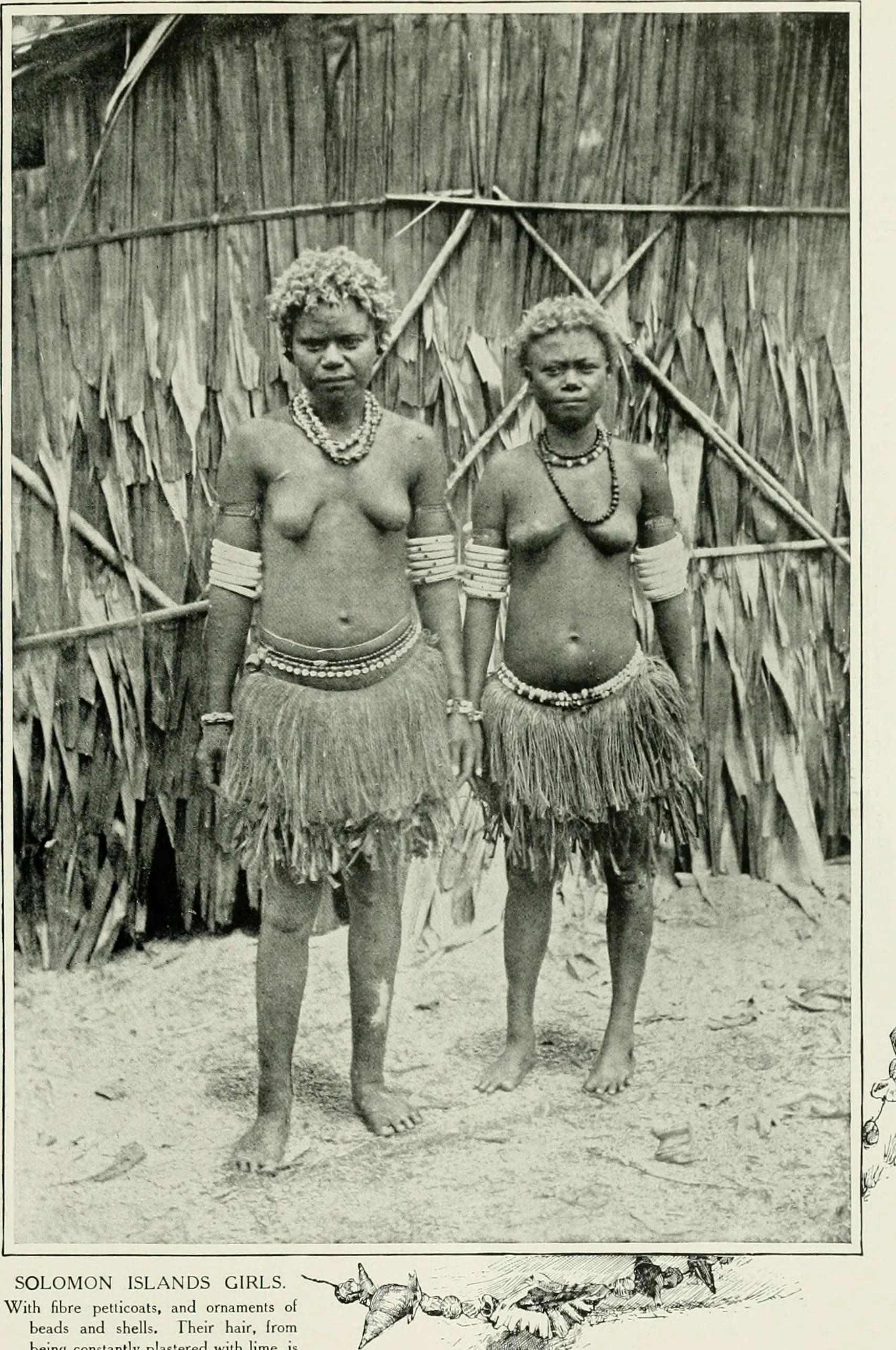
"Solomon Islands girls: With fibre petticoats, and ornaments of beads and shells. Their hair, from being constantly plastered with lime, is bleached to a reddish hue. 1908" Women of all nations, a record of their characteristics, habits, manners, customs and influence. Authors: Joyce, Thomas Athol, 1878-1942 Thomas, Northcote Whitridge, 1868- Publisher: London, New York (etc.) : Cassell and Company, limited Contributing Library: University of California Libraries Digitizing Sponsor: Internet Archive https://commons.wikimedia.org/wiki/File:Women_of_all_nations,_a_record_of_their_characteristics,_habits,_manners,_customs_and_influence;_%281908%29_%2814770196725%29.jpg

"Solomon Is, Kwaio Woman Weaving Straw, 1982 - This woman seemed curious about one of our possessions, so we handed it to her. She took this to mean that we gave it to her. The Melanesian people were generally very generous with possessions, possibly an outgrowth of the wantok system. Wantok came from the words "One Talk", meaning one's villagers or greater family. I was told that a person's wealth was based not on how much they had, but how much they had given away. This was a revelation to me. I realized that we strive so much not only to have, but to impress others and to gain their approbation. I developed the concept of Status Structure. Beyond the essentials of survival, people are motivated by what increases their status. So, depending on the Status Structure of their society, one would be motivated in very different ways. Whether the idea that one's wealth was determined by what they had given away was true or not is secondary. What is important is to realize how much nicer our human world would be if we held and lived out the belief that giving was greater than having." Year: 1982 via https://jeffshea.org/photos/solomon-is-kwaio-woman-weaving-straw-1982/
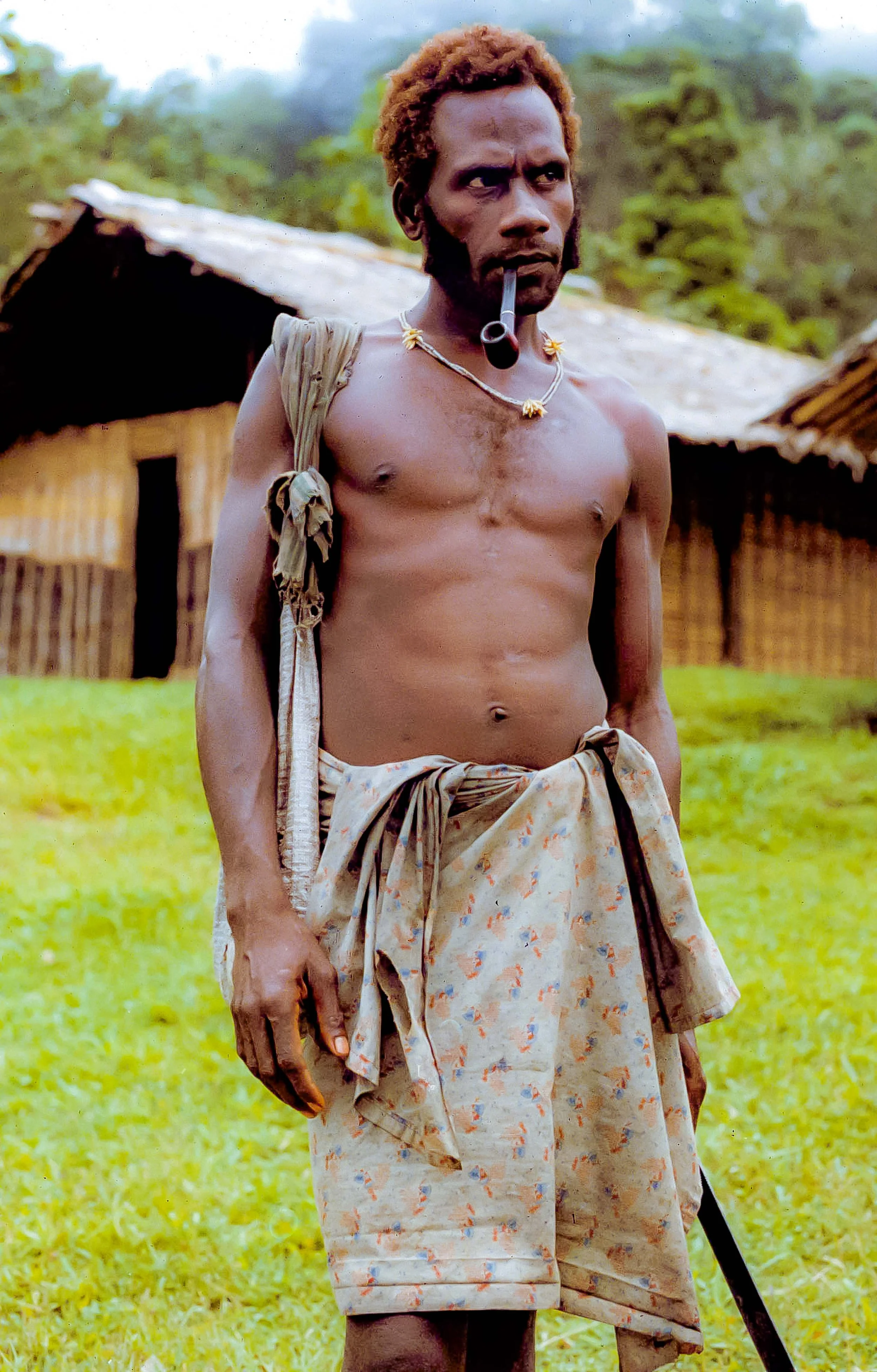
"Solomon Islands, Umbuni, 1982 - The area of the world known as Melanesia had the most profound impact on me of all my travels. From the moment I arrived, I began to see the world differently; the people lived in a society with such different values than the ones I had previously been exposed to. Here, life was hard and men lived boldly. Umbuni was the chief's son. To reach his land, the Kwaio, I sailed across the Pacific Ocean to Honiara, the capital of the Solomon Islands, traveled to Malaita by local boat, took a truck across the island, then caught a ride with Fred Billy Akwafaasie across a large stretch of ocean in a motorized canoe to Sinalagu Bay. Fred Billy was a Christian. He walked Kelly Soma and I up the steep bush track to the frontier of the Kwaio. Fred Billy's village had been converted to Christianity by missionaries, whereas Umbuni's people rejected conversion. On the way up the bush track I asked Fred Billy if he still believed in the old ways. At first he flatly denied it, but then he revealed that traditional beliefs linger for a long time. He said, "No, I don't believe in the old ways?but sometimes at night, you can feel the spirits of the ancestors." Ancestors were worshipped in the Kwaio in skull houses, where the skulls of their forefathers resided. I asked Umbuni what would happen if I entered his land without his father's permission. Umbuni, a gentle and kind man, stated his case simply and without aggression: "I would kill you."" Year: 1982 via https://jeffshea.org/photos/solomon-islands-umbuni-1982/

"Solomon Islands, Umbuni and Family, 1982 - Here, Umbuni stands with his wife and child. Kwaio women who were married wore a blue cloth over their genitals, whereas unmarried young women went naked. We learned a lot about the traditions of the Kwaio from David and Katie, Peace Corp workers who lived in the Kwaio. David and Katie seemed to half-believe in the ancestors themselves. Maybe they too could feel the presence of the ancestors at night. I almost felt I could. When in areas of the world where beliefs run strong, it is hard not to feel these local energies, no matter how unexplained they might be. The Kwaio had unusual beliefs, and there were many taboos, or tambus. Woman went to the "flower house" during their menstruation. It was tambu for a man to go there. Women were not allowed to step over anything that a man might come in contact with. Interestingly, they believed in "retroactive contamination." As an example of this principle, if a man touched an implement before a woman who was menstruating touched it, then she touched it later, he would become retroactively contaminated." Year: 1982 via via https://jeffshea.org/photos/solomon-islands-umbuni-1982/

U.S. Army Signal Corps photograph, Gift of Donald E. Mittelstaedt, from the collection of the National WWII Museum. "Several native woman of Utapua, one pregnant and two with small children in papooses pose for a photo in front of a thatched hut. "Melanesian natives on Utapua Island, Banks Island Group, 200 miles east of Guadalcanal, Solomon Islands." Utapua, Banks Islands. 194-" via https://www.ww2online.org/image/several-women-utapua-pose-photo-front-thatched-hut-utapua-banks-islands-1940s

"1944-52: Solomon Islanders Establish Autonomus Village Movement." via https://libcom.org/article/1944-52-solomon-islanders-establish-autonomus-village-movement

"Umbuni’s family. The adults, from left to right: his sister, his wife, his grandmother and Umbuni, 1982 Solomon Islands, Malaita Province, Kwaio - 35mm film" Year: 1982 via https://jeffshea.org/photos/umbunis-family/
Korowai Tribe blog. (Korowai man with his sons) Sources: http://archnet.asu.edu/archives/educat/anth220/kinship/omaha.htm http://www.encyclopedia.com/doc/1G2-3458100056.html http://www.youtube.com/watch?v=x3io0epEIQ4 Gerrit j. Ban Enk,and Lourens de Vries (1997). The Korowai of Irian Jaya: Their Language in Its Cultural Context. New York. Oxford University Press.

Korowai Tribe blog. (at the fire in the tree house) Sources: http://archnet.asu.edu/archives/educat/anth220/kinship/omaha.htm http://www.encyclopedia.com/doc/1G2-3458100056.html http://www.youtube.com/watch?v=x3io0epEIQ4 Gerrit j. Ban Enk,and Lourens de Vries (1997). The Korowai of Irian Jaya: Their Language in Its Cultural Context. New York. Oxford University Press.

"Revisiting the Solomon Islands, 50 years on #2" via https://www.joannamaclean.com/revisiting-solomon-islands-50-years-2/
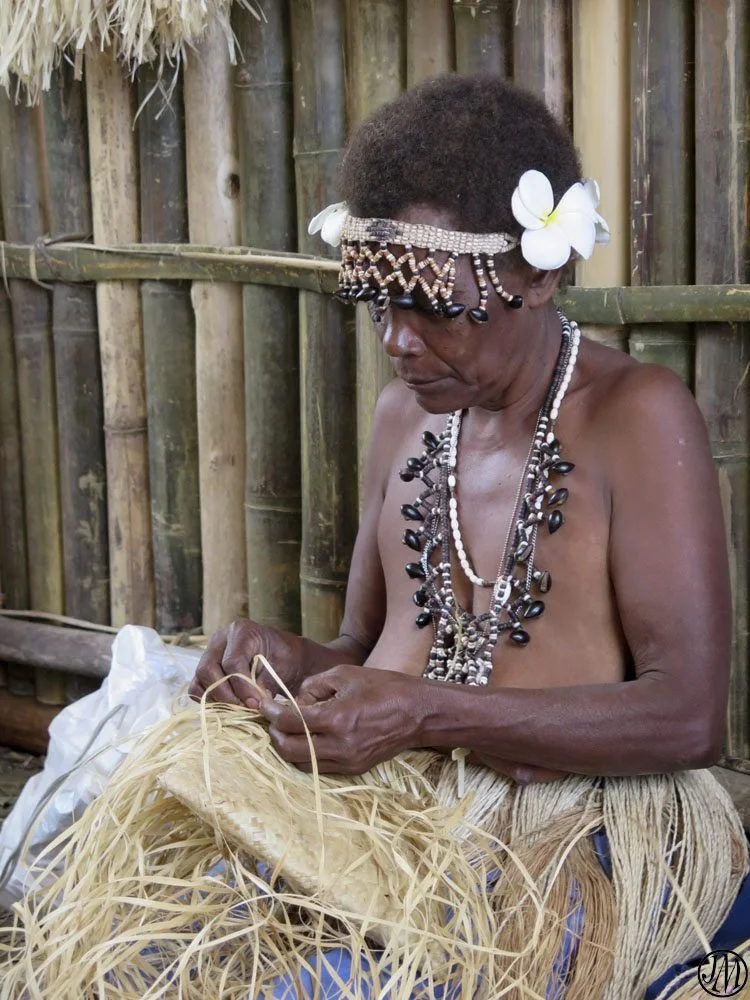
"Revisiting the Solomon Islands, 50 years on #2" via https://www.joannamaclean.com/revisiting-solomon-islands-50-years-2/
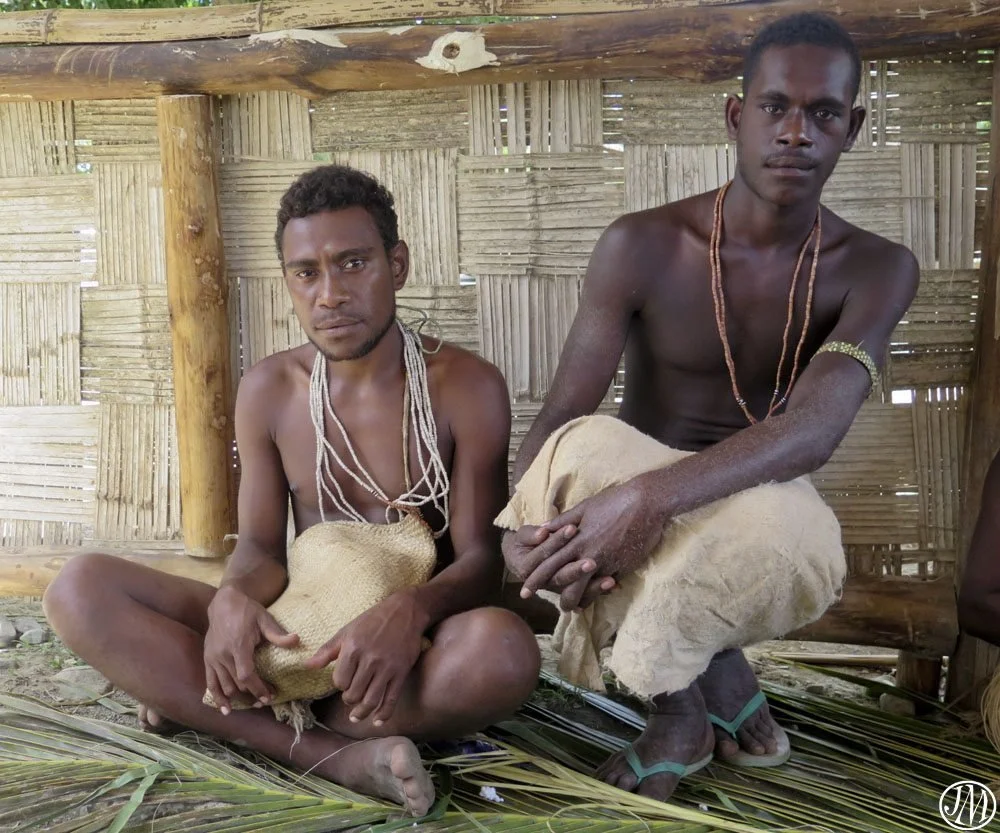
"Revisiting the Solomon Islands, 50 years on #2" via https://www.joannamaclean.com/revisiting-solomon-islands-50-years-2/
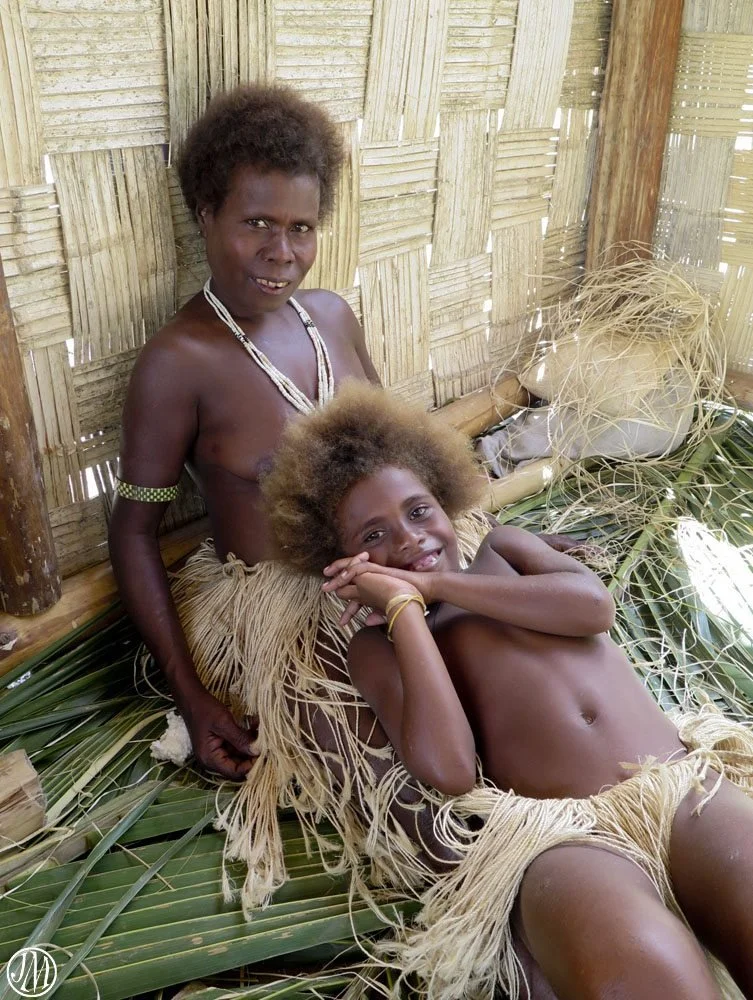
"Revisiting the Solomon Islands, 50 years on #2" via https://www.joannamaclean.com/revisiting-solomon-islands-50-years-2/
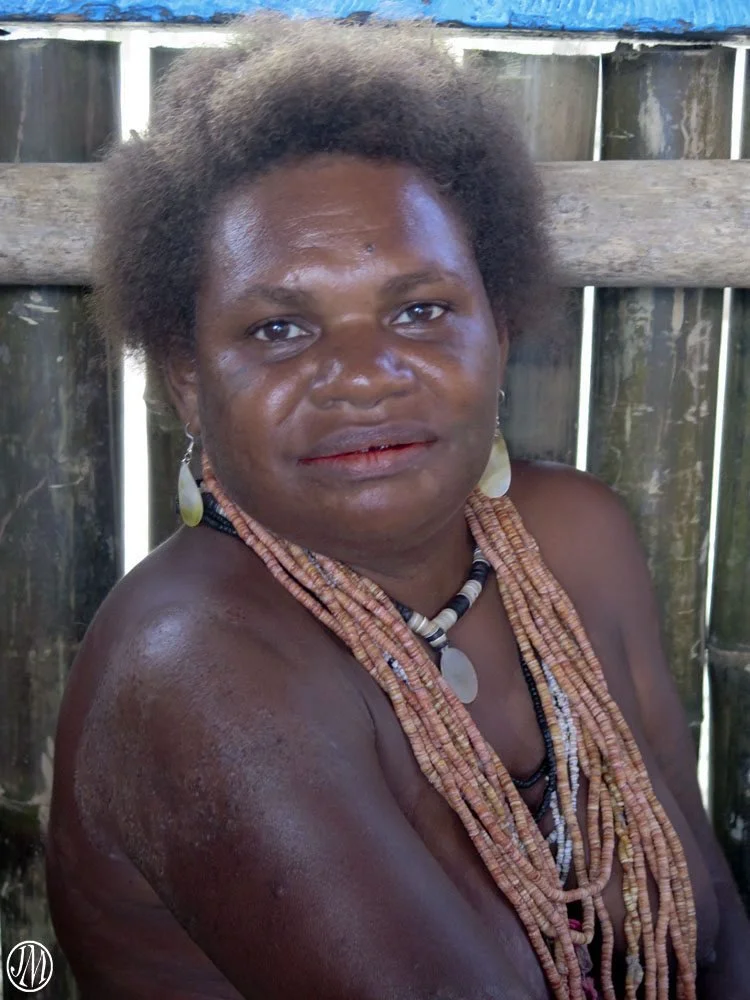
"Revisiting the Solomon Islands, 50 years on #2" via https://www.joannamaclean.com/revisiting-solomon-islands-50-years-2/
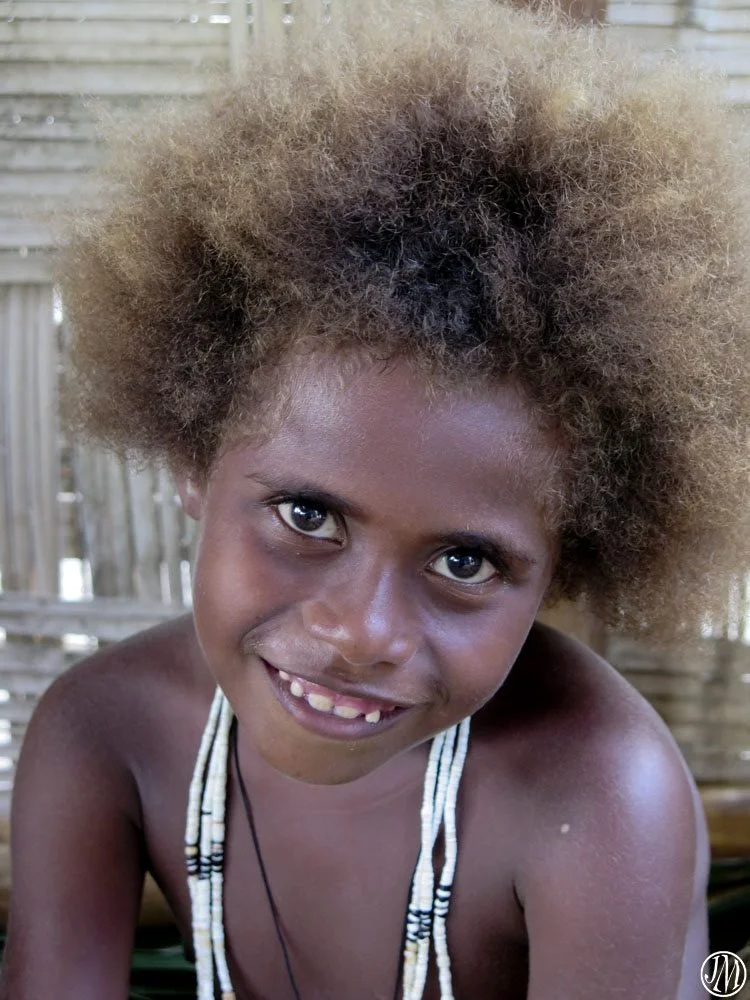
"Revisiting the Solomon Islands, 50 years on #2" via https://www.joannamaclean.com/revisiting-solomon-islands-50-years-2/
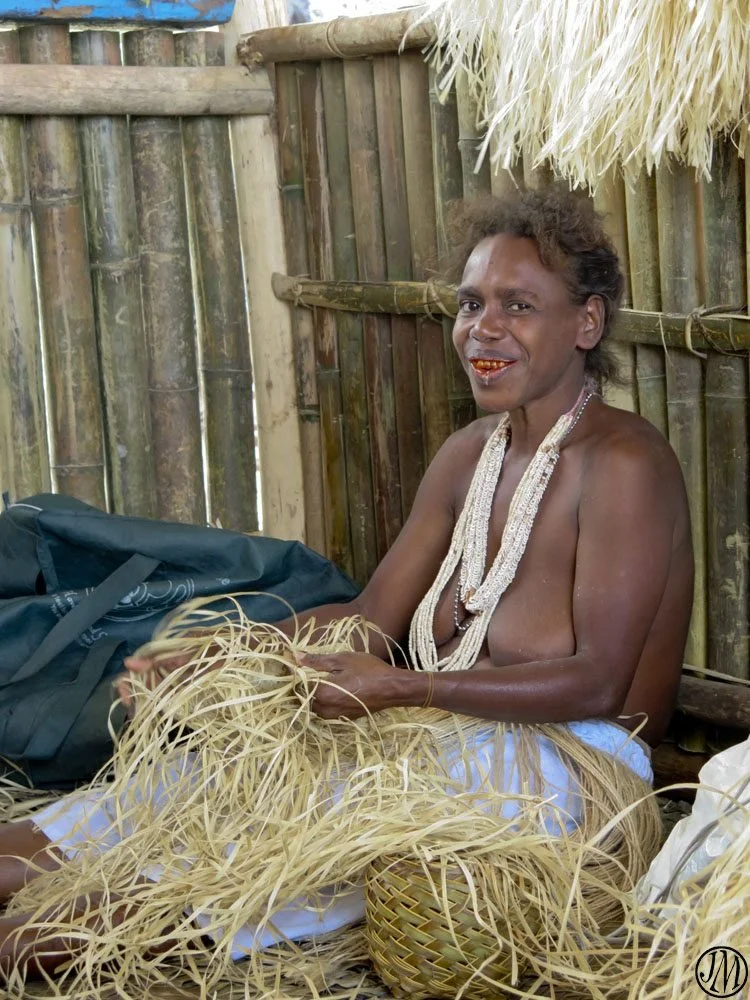
"Revisiting the Solomon Islands, 50 years on #2" via https://www.joannamaclean.com/revisiting-solomon-islands-50-years-2/
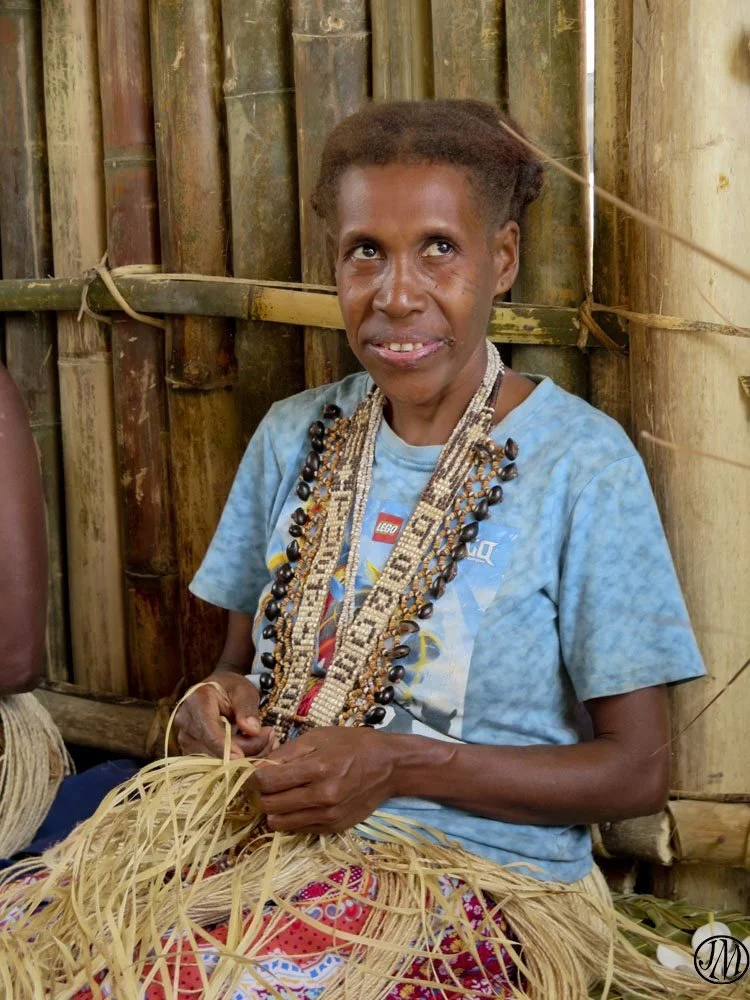
"Revisiting the Solomon Islands, 50 years on #2" via https://www.joannamaclean.com/revisiting-solomon-islands-50-years-2/
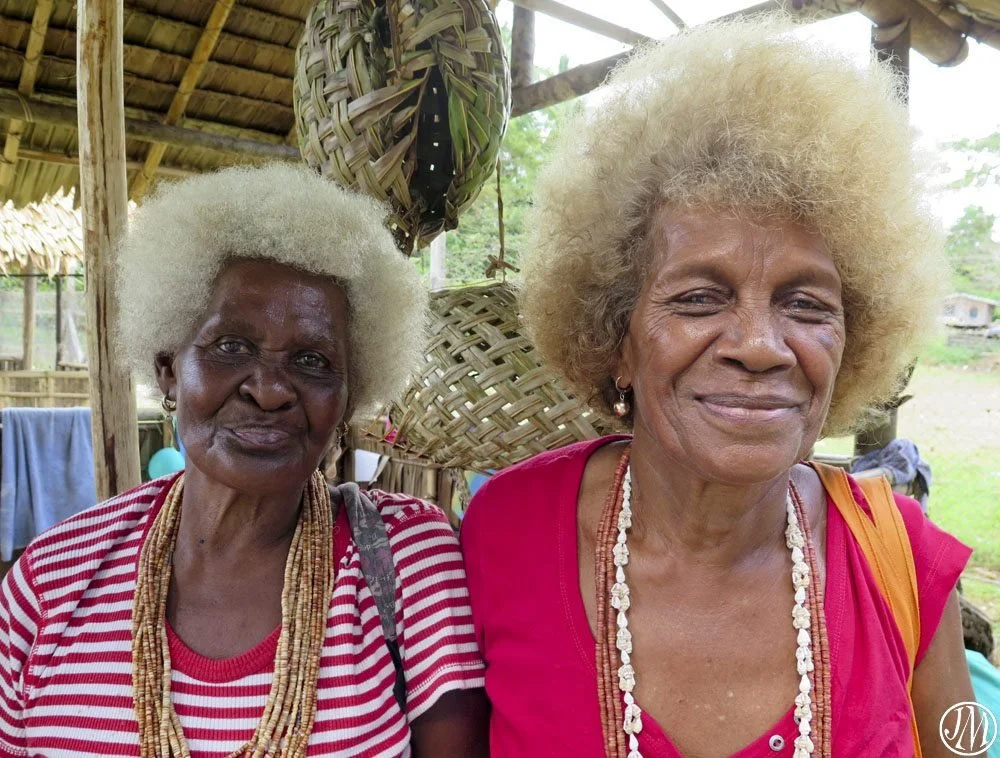
"Revisiting the Solomon Islands, 50 years on #2" via https://www.joannamaclean.com/revisiting-solomon-islands-50-years-2/

"Revisiting the Solomon Islands, 50 years on #2" via https://www.joannamaclean.com/revisiting-solomon-islands-50-years-2/

"Revisiting the Solomon Islands, 50 years on #2" via https://www.joannamaclean.com/revisiting-solomon-islands-50-years-2/

"Revisiting the Solomon Islands, 50 years on #2" via https://www.joannamaclean.com/revisiting-solomon-islands-50-years-2/

"Revisiting the Solomon Islands, 50 years on #2" via https://www.joannamaclean.com/revisiting-solomon-islands-50-years-2/

"A young Kwaio beauty in a pensive mood (the sister of #5 on this page)." "A Kwaio feastgiver strings shell beads into valuables on the platform where he will publicly present them at the feast." "The Anthropologist’s Dilemma." Expedition Magazine 14, no. 3 (March, 1972): https://www.penn.museum/sites/expedition/the-anthropologists-dilemma/

"The Anthropologist’s Dilemma." Expedition Magazine 14, no. 3 (March, 1972): https://www.penn.museum/sites/expedition/the-anthropologists-dilemma/

"A young Kwaio Lad." "The Anthropologist’s Dilemma." Expedition Magazine 14, no. 3 (March, 1972): https://www.penn.museum/sites/expedition/the-anthropologists-dilemma/

"An elderly Kwaio man shaves by pulling out his whiskers with a clam shell." "The Anthropologist’s Dilemma." Expedition Magazine 14, no. 3 (March, 1972): https://www.penn.museum/sites/expedition/the-anthropologists-dilemma/
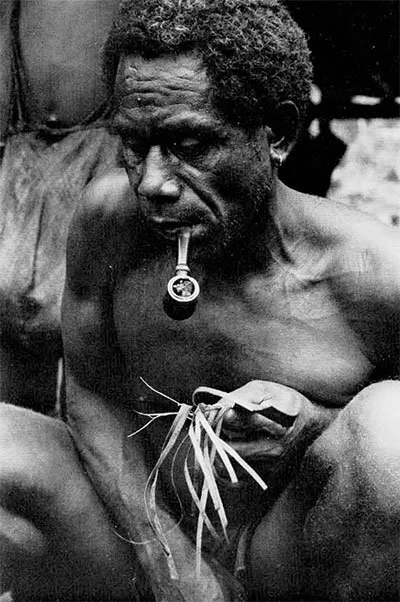
"The Anthropologist’s Dilemma." Expedition Magazine 14, no. 3 (March, 1972): https://www.penn.museum/sites/expedition/the-anthropologists-dilemma/

"A priest chews betel before performing a sacramental rite for his descent group." "The Anthropologist’s Dilemma." Expedition Magazine 14, no. 3 (March, 1972): https://www.penn.museum/sites/expedition/the-anthropologists-dilemma/

"(Left) An elderly Kwaio woman, her woven “purse” over her head, wearing shell earrings. (Center) An old Kwaio warrior plays panpipes in a sacred dance. This man took a prominent part in the 1927 massacre an spent many years in jail. (Right) A Kwaio priest. This man’s whole family was wiped out by the punitive expedition following the massacre of a government party." "The Anthropologist’s Dilemma." Expedition Magazine 14, no. 3 (March, 1972): https://www.penn.museum/sites/expedition/the-anthropologists-dilemma/

"A Kwaio belle in picturesque native dress." "The Anthropologist’s Dilemma." Expedition Magazine 14, no. 3 (March, 1972): https://www.penn.museum/sites/expedition/the-anthropologists-dilemma/

" An elderly woman, still doing her share of the domestic labor, brings bamboos of water back to the village." "The Anthropologist’s Dilemma." Expedition Magazine 14, no. 3 (March, 1972): https://www.penn.museum/sites/expedition/the-anthropologists-dilemma/

"A group of Kwaio girls and women eat roast taro outside their house. This afternoon meal is the only large regular meal of the day." "The Anthropologist’s Dilemma." Expedition Magazine 14, no. 3 (March, 1972): https://www.penn.museum/sites/expedition/the-anthropologists-dilemma/

"1. A Man carves portions of taro pudding at a ritual feast. 2. A priest talks to the ancestors in a shrine. 3. A Kwaio housewife empties the day’s garden produce for the evening meal. 4. A feastgiver supervises the carving of pork portions for his guests, using strips torn on a leaf to keep track of the portions." "The Anthropologist’s Dilemma." Expedition Magazine 14, no. 3 (March, 1972): https://www.penn.museum/sites/expedition/the-anthropologists-dilemma/

An elderly Kwaio man shaves by pulling out his whiskers with a clam shell." "The Anthropologist’s Dilemma." Expedition Magazine 14, no. 3 (March, 1972): https://www.penn.museum/sites/expedition/the-anthropologists-dilemma/

"The same Kwaio warrior seen in page 35, #3 The woven chain down his back is a mark of prestige: each link represents a pig he of his father successfully stole in their careers the chain is donned on special occasions after retirement from the game of pig stealing." "The Anthropologist’s Dilemma." Expedition Magazine 14, no. 3 (March, 1972): https://www.penn.museum/sites/expedition/the-anthropologists-dilemma/
